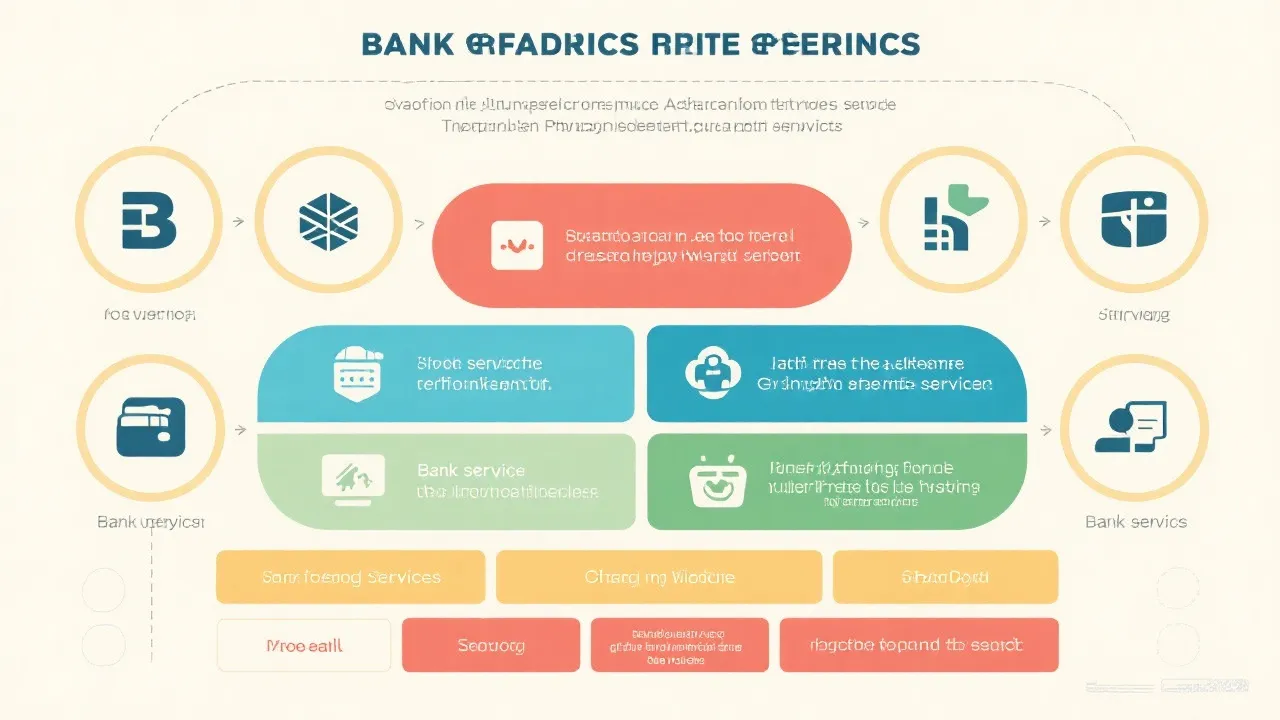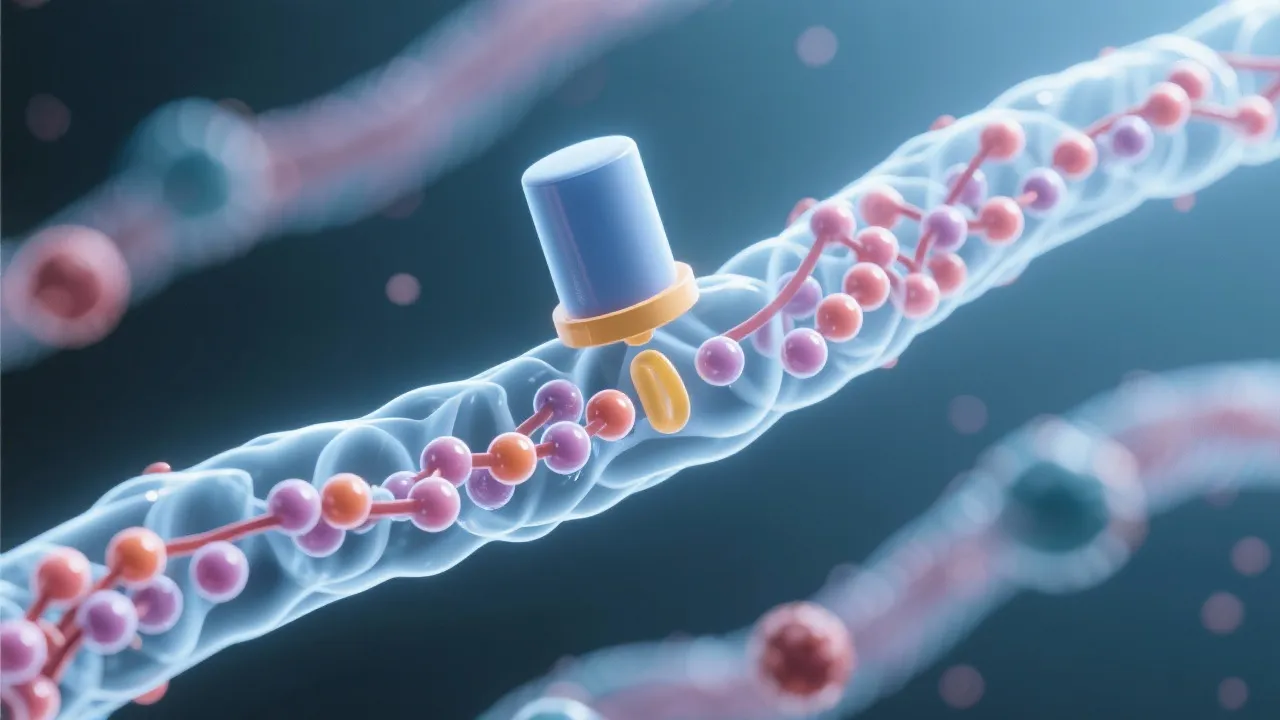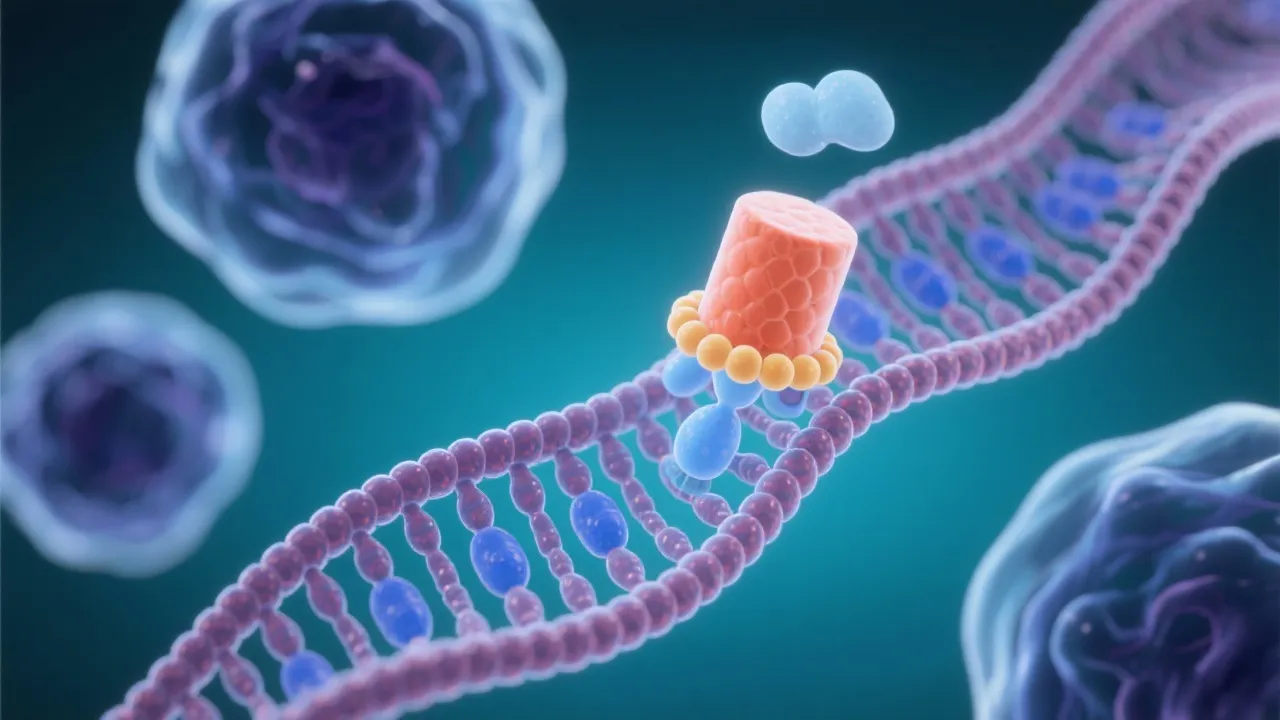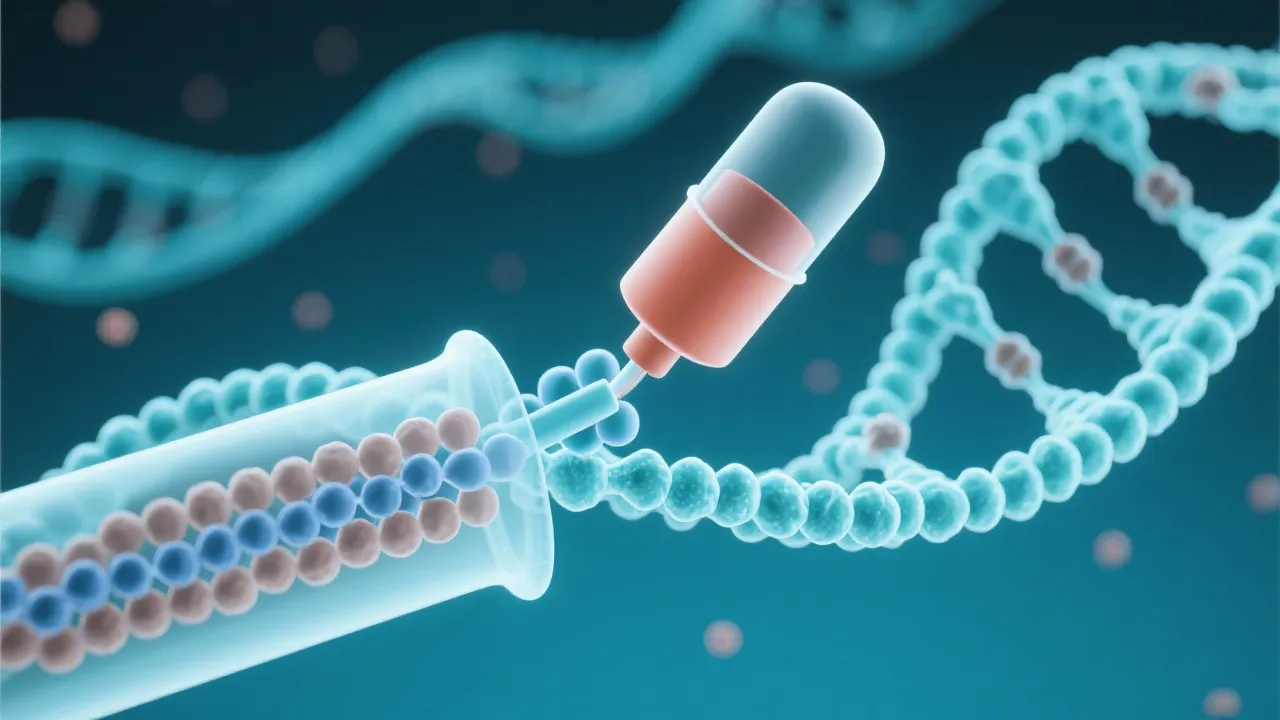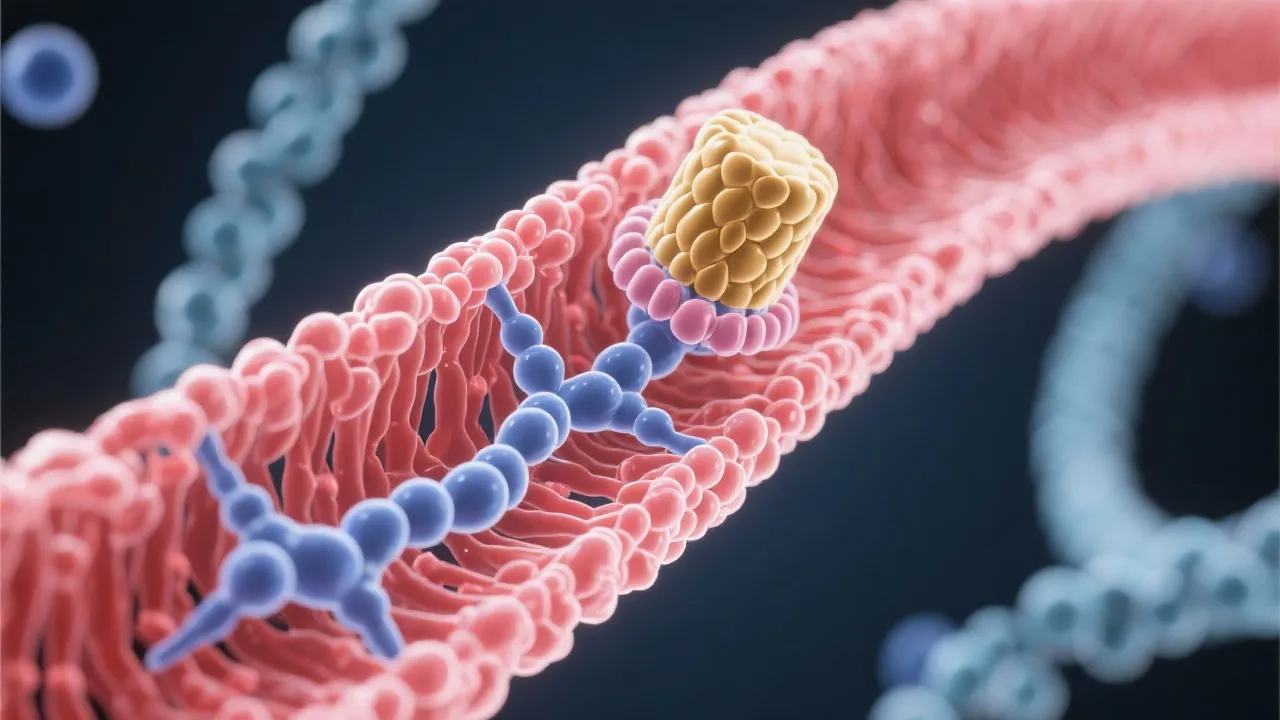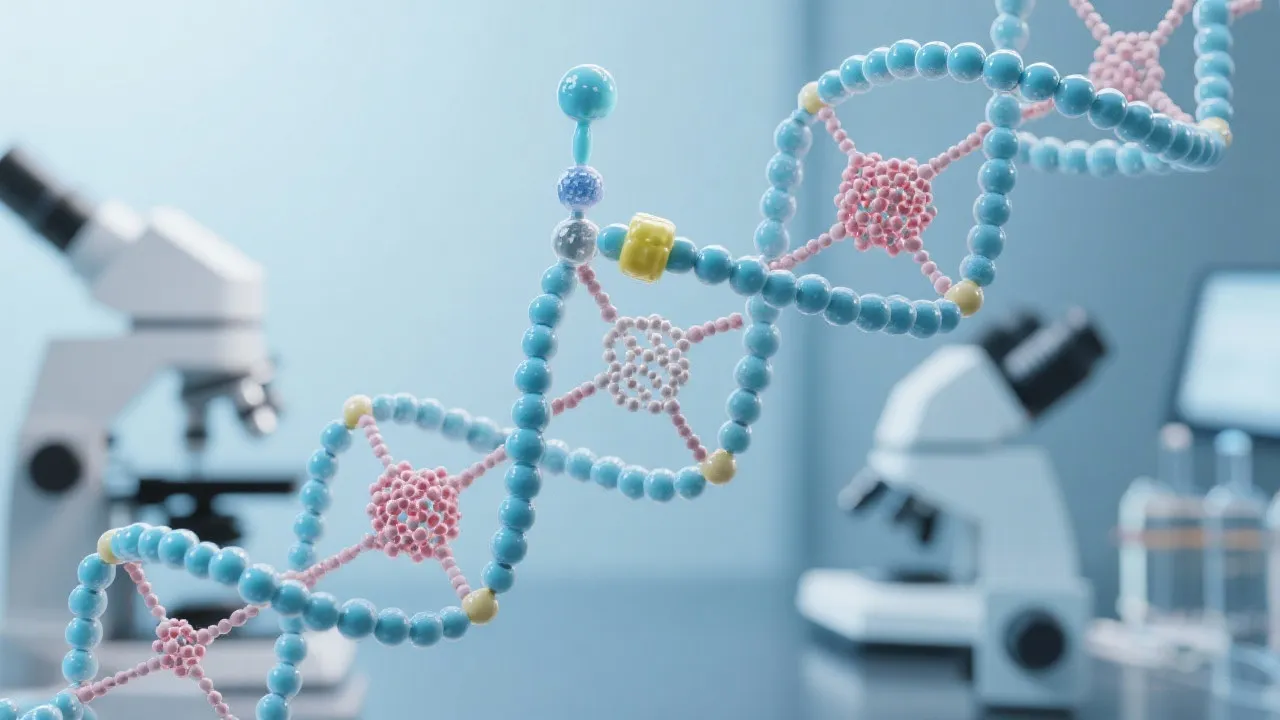Understanding mRNA Capping Processes
The article delves into the intricacies of mRNA capping, a vital biological process that protects mRNA molecules in eukaryotic cells. This process is crucial for mRNA stability, processing, and translation efficiency. By exploring the mechanisms and significance of mRNA capping, we gain insights into its essential role in gene expression and cellular function.
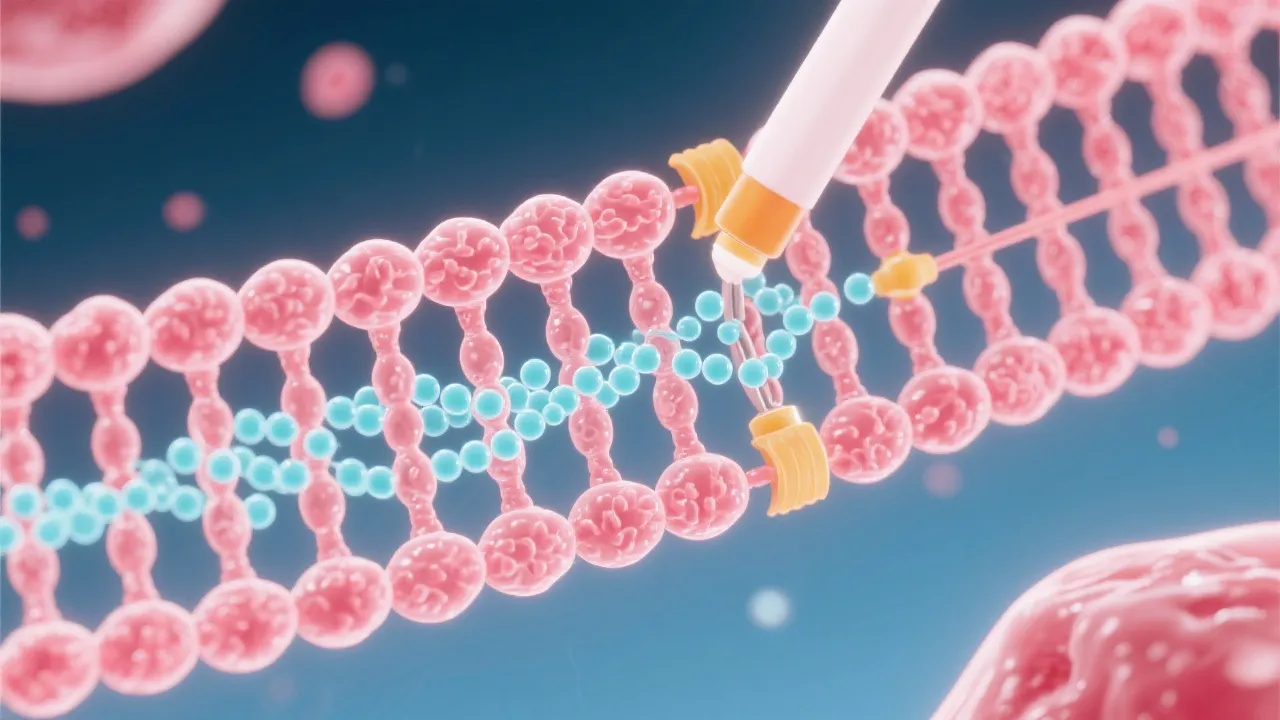
The Significance of mRNA Capping
Messenger RNA (mRNA) capping is a critical biochemical modification that occurs shortly after mRNA synthesis in eukaryotic cells. The process involves the addition of a methylated guanosine cap to the 5’ end of the nascent mRNA transcript. This cap is essential for mRNA stability, protection against degradation, and efficient translation into proteins, which are the building blocks of cellular function and structure. Given its fundamental role in gene expression, understanding mRNA capping provides valuable insights into cellular processes and potential therapeutic interventions.
Mechanisms of mRNA Capping
The mRNA capping process begins with the synthesis of pre-mRNA in the nucleus. Shortly thereafter, a series of enzymatic actions occurs to form the cap structure. First, RNA triphosphatase removes the gamma phosphate from the first nucleoside triphosphate of the pre-mRNA. Next, guanylyltransferase adds a GMP molecule to the now-diphosphate 5’ end through a 5’-5’ triphosphate linkage. Finally, the 7-methylguanosine (m7G) cap is formed by the action of RNA methyltransferase, which methylates the guanosine cap at the N7 position. This unique cap structure plays a pivotal role in mRNA processing, export from the nucleus, and translation initiation. The caps may be further modified based on cellular conditions and needs, hinting at a dynamic aspect of mRNA management within the cell.
The Role of mRNA Capping in Cellular Function
Understanding the mechanics of mRNA capping is essential for comprehending its impact on cellular function. The mRNA cap aids in various vital processes, including:
- Protection of mRNA from exonucleases that degrade uncapped RNA species in the cytoplasm, thereby increasing mRNA stability.
- Facilitation of mRNA splicing, a process by which introns are excised, and exons are joined to form mature mRNA.
- Paving the way for mRNA export from the nucleus to the cytoplasm, a process facilitated by its interaction with cap-binding complexes, such as the cap-binding protein eIF4E.
- Enhancing translation efficiency by serving as a recognition signal for the ribosome and associated translation initiation factors in the cytoplasm, including components like the eIF4F complex. The cap is crucial for recruiting the ribosome to the mRNA and ensuring proper translation initiation.
- Encouraging mRNA stability by promoting polyadenylation, a process that adds a poly(A) tail to the 3' end of the mRNA, which works in concert with the cap to enhance mRNA longevity in the cytoplasm.
The Impact of mRNA Capping on Biomedical Research and Therapeutics
The importance of mRNA capping extends beyond basic cellular biology into the realm of medical research and therapy development. The advent of mRNA-based vaccines, such as those developed for COVID-19, highlighted the need for capped mRNA as a stable and translationally efficient molecule for eliciting strong immune responses. Moreover, understanding the regulatory mechanisms of capping might lead to novel therapeutic strategies for diseases where gene expression is aberrant, including cancer and genetic disorders.
In cancer research, alterations in mRNA capping have been observed, indicating that targeted modulation of capping mechanisms could potentially restore normal gene expression patterns. For instance, in certain malignant cells, a malfunction in cap formation may lead to the overexpression of oncogenes or the silencing of tumor suppressor genes. Researchers are investigating small molecules that could enhance or inhibit specific capping enzymes within these cancerous cells to restore balance to gene expression and potentially provide clinical benefits. This is especially critical during the development of personalized medicine, where understanding the unique mRNA landscape of an individual’s tumor can guide targeted therapy.
Furthermore, the use of mRNA therapeutics is expanding beyond vaccines to include gene therapies aimed at genetic disorders. In this context, ensuring efficient capping of therapeutic mRNAs becomes vital. The stability provided by the cap structure may significantly enhance the longevity of therapeutic mRNA in the patient's system and increase protein synthesis from the delivered mRNA, thereby maximizing the therapeutic effect.
| Aspect | Description |
|---|---|
| Enzymes Involved | RNA triphosphatase, guanylyltransferase, RNA methyltransferase. |
| Functions of mRNA Cap | Protection from degradation, facilitation of splicing, and translation initiation. |
| Biomedical Significance | Implications for vaccine development and potential therapeutic interventions. |
| Novel Research | Exploration of small molecules to modulate capping in cancer therapy and gene therapies for genetic disorders. |
| Dynamic Regulation | The capping process is adaptable, changing based on various cellular signals and conditions, which is crucial for cellular responses. |
Frequently Asked Questions
Q1: What is the mRNA cap structure?
The mRNA cap structure is a 7-methylguanosine added to the 5’ end of the mRNA, linked by a 5’-5’ triphosphate bond. This cap is critical for mRNA stability and translation.
Q2: Why is mRNA capping important in therapeutic applications?
mRNA capping is crucial in therapeutic applications because it ensures the stability and efficient translation of mRNA, as seen in mRNA vaccines, making it vital for eliciting robust immune responses.
Q3: How does mRNA capping affect gene regulation?
mRNA capping regulates gene expression by influencing mRNA stability, splicing, and translation efficacy, which can have profound effects on cellular function and development.
Q4: Are there disorders related to defects in mRNA capping?
Yes, defects in mRNA capping enzymes or processes can lead to various disorders, including developmental abnormalities and diseases resulting from impaired gene expression. There is growing evidence linking mutations in capping enzyme genes to diseases, suggesting potential biomarkers and therapeutic targets.
Current Trends in mRNA Capping Research
Recent advancements in mRNA research have brought to light several new dynamics in the capping mechanism. Scientists are now investigating how different cellular conditions, such as stress and nutrient availability, can influence the capping process. For instance, during cellular stress responses, such as oxidative stress or nutrient deprivation, the efficiency of mRNA capping can be significantly altered, impacting the overall protein synthesis within the cell.
Researchers are also focusing on the interplay between capping and other post-transcriptional modifications, such as alternative splicing and polyadenylation. The relationship between these processes highlights a complex regulatory network that controls mRNA fate and function. For example, certain splicing factors can be shown to influence the capping machinery, suggesting a direct connection between splicing and capping. These studies pave the way for a better understanding of gene regulation, with implications for fundamental biology and disease mechanisms.
In addition to academic research, the burgeoning field of biotechnology has seen the development of novel capping methods for synthetic mRNA production. Advances in capping technology could lead to more effective manufacturing processes for therapeutic mRNA, particularly for vaccines and gene therapies. The efficiency and yield of mRNA production are crucial for clinical applications, and researchers are striving to minimize costs while maximizing the integrity and functionality of the mRNA produced.
Conclusion
mRNA capping is a vital process that ensures the proper functioning and stability of mRNA within cells. Its impact is far-reaching, influencing everything from fundamental cellular biology to cutting-edge therapeutic technologies. Continuous research into mRNA capping promises to unlock further potential in understanding and treating a variety of health conditions, marking it as a cornerstone of both basic and applied biomedical sciences. By exploring the mechanisms and implications of mRNA capping, the scientific community can enhance our understanding of gene expression regulation and foster the development of novel therapeutic strategies that may revolutionize treatment paradigms.


